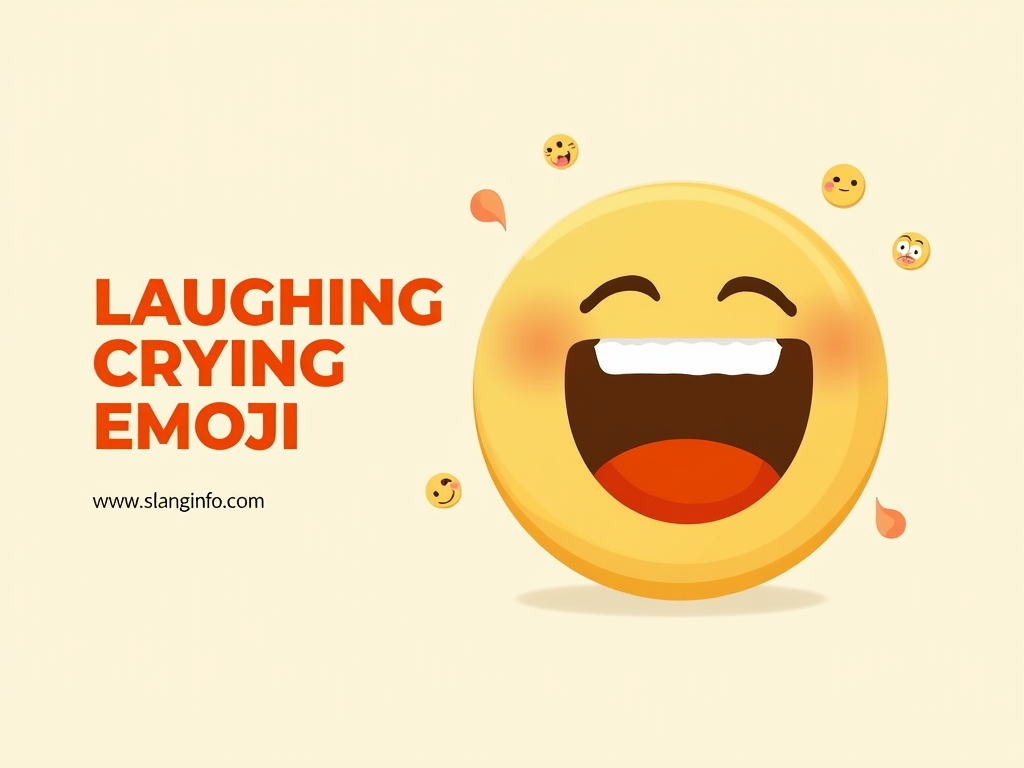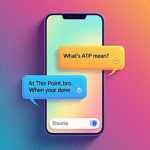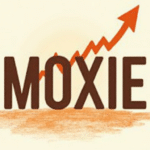Ever sent a laughing crying emoji 😂 and wondered if you’re using it right? You’re not alone! This little yellow face has taken over our texts, tweets, and DMs faster than you can say “LOL.” But what’s the deal with 😂? Let’s dive into the world of digital laughter and unpack this emoji superstar.
| Key Takeaways | Meaning |
|---|---|
| Official Name | Face with Tears of Joy |
| Primary Use | Extreme laughter or amusement |
| Cultural Impact | Word of the Year 2015 (Oxford Dictionaries) |
| Secondary Uses | Irony, sarcasm, awkwardness |
| Overuse Concerns | Some find it annoying when overused |
😂 Laughing Crying Emoji: The Ultimate Guide to Digital Laughter
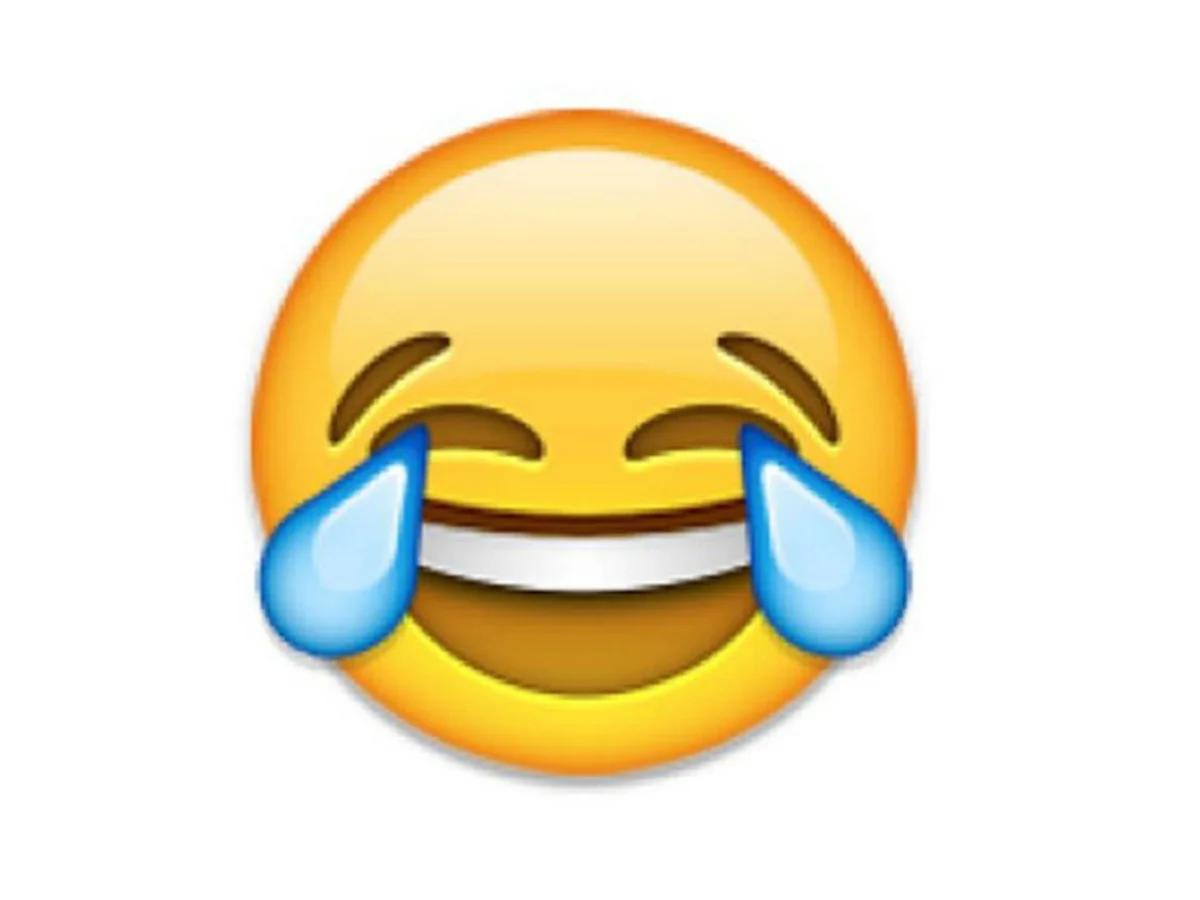
Alright, let’s get real about this teary-eyed laugher. Officially called “Face with Tears of Joy,” 😂 is like the GOAT of emojis. It’s not just laughing; it’s laughing so hard you’re crying. It’s the digital equivalent of rolling on the floor, clutching your stomach, gasping for air between giggles.
More Than Just a Pretty Face
- LOL on Steroids: When “haha” just won’t cut it, 😂 steps in to save the day.
- The Irony Indicator: Sometimes, it’s not about actual laughter but pointing out the absurdity of a situation.
- Awkwardness Alleviator: Soften a potentially uncomfortable message with a well-placed 😂.
The Rise to Fame: From Zero to Hero
Picture this: It’s 2015, and Oxford Dictionaries announces their Word of the Year. Plot twist – it’s not even a word! 😂 took the crown, beating out actual words like a boss. Talk about a glow-up!
Here’s a quick timeline of 😂’s journey to stardom:
- 2010: Introduced to the emoji world
- 2013-2014: Gains popularity on social media
- 2015: Crowned Word of the Year
- 2016-Present: Becomes the most used emoji on many platforms
How to Use 😂 Like a Pro
Using 😂 is an art form. Here are some pro tips to avoid looking like a goofy ahh emoji newbie:
- Context is King: “My dog just ate my homework 😂” hits different than “My grandma passed away 😂” (Please don’t do this!)
- Quantity Matters: One 😂 is funny, ten in a row might make people worry about your mental state.
- Mix It Up: Combine with other emojis for extra impact. “That joke was so bad 😂💀” tells a whole story.
The Cultural Impact: More Than Just a Laugh
😂 isn’t just an emoji; it’s a cultural phenomenon. It’s changed the way we express humor online. Think about it:
- Meme Culture: Often used in meme captions to emphasize humor
- Social Media Trends: Has sparked challenges and hashtags
- Digital Tone: Helps convey tone in text-based communication
It’s like the Swiss Army knife of emotional expression – versatile, handy, and sometimes overused.
When 😂 Goes Wrong: The Overuse Dilemma
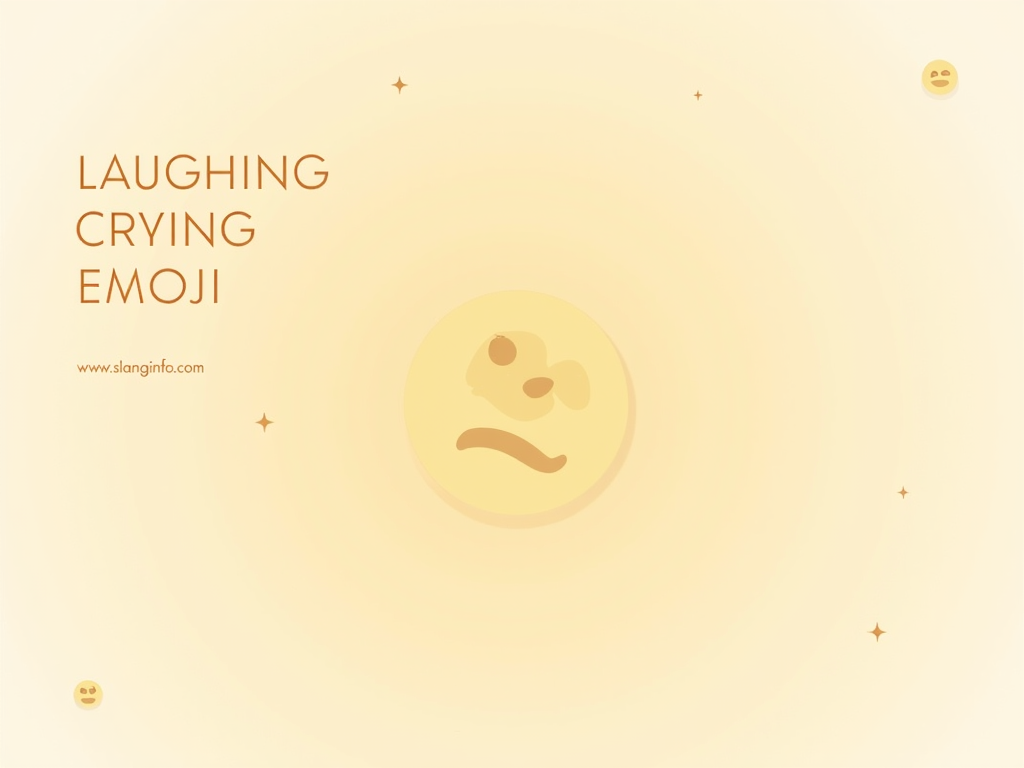
Here’s the thing – too much of a good thing can be, well, not so good. Some folks are getting 😂 fatigue. It’s like when your friend keeps using the same slang over and over. At first, it’s cool, then it’s just… meh.
Signs you might be overdoing it:
- Every message ends with 😂
- You use it even when things aren’t that funny
- Your friends start sending you the 🙄 emoji in response
Remember, moderation is key. Use 😂 wisely, and it’ll keep its punch.
The Generational Divide: 😂 vs. 💀
Here’s where it gets juicy. Just like American vs. British slang, there’s a generational gap when it comes to 😂:
- Millennials: Still loving it, using it unironically
- Gen Z: Often sees it as “cringe” or outdated
- Boomers: Just discovered it and can’t get enough
According to some Gen Zers, using 😂 is like “having an Android” – a total faux pas. Ouch! Instead, they’re more likely to use:
- 💀 (skull emoji) – “I’m dead” from laughter
- 😭 (loudly crying face) – Extreme emotion, could be laughter
- Keyboard smashes like “asdfjkl” – Chaotic laughter
The Ironic Comeback
Plot twist! Some younger users are reclaiming 😂, but with a twist. They’re using it ironically, often spamming it to mock its overuse. It’s like when your dad tries to use slang and you repeat it back to him in a goofy voice.
Cultural Impact: More Than Just a Laugh
😂 isn’t just an emoji; it’s a cultural phenomenon. It’s changed the way we express humor online:
- Meme Culture: Often used in meme captions to emphasize humor
- Social Media Trends: Has sparked challenges and hashtags
- Digital Tone: Helps convey tone in text-based communication
It’s like the Swiss Army knife of emotional expression – versatile, handy, and sometimes overused.
The Future of 😂: Laugh or Cry?
So, what’s next for our teary-eyed friend? Here are some predictions:
- Cyclical Comeback: Like fashion, it might become “retro cool” again
- Evolution: New variations might pop up to keep it fresh
- Cultural Shifts: Its meaning might continue to change with use
Wrapping It Up: To 😂 or Not to 😂?
At the end of the day, emojis are about communication. Whether you’re team 😂 or team 💀, the goal is to express yourself. Here’s the bottom line:
- Know Your Audience: Use 😂 with your mom, maybe skip it with your Gen Z cousin
- Context is Key: Sometimes it’s perfect, sometimes it’s throwing shade
- Be Yourself: If you love 😂, own it! Confidence is always in style
Remember, language evolves, and so do emojis. What’s “cringe” today might be cool tomorrow. So laugh, cry, or laugh-cry your way through your messages. As long as you’re getting your point across, you’re doing it right!
Now go forth and emoji with confidence! Just remember – with great power comes great responsibility. Use your 😂 wisely, and may your digital conversations be ever witty and never misunderstood!

